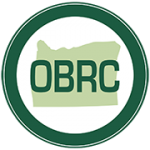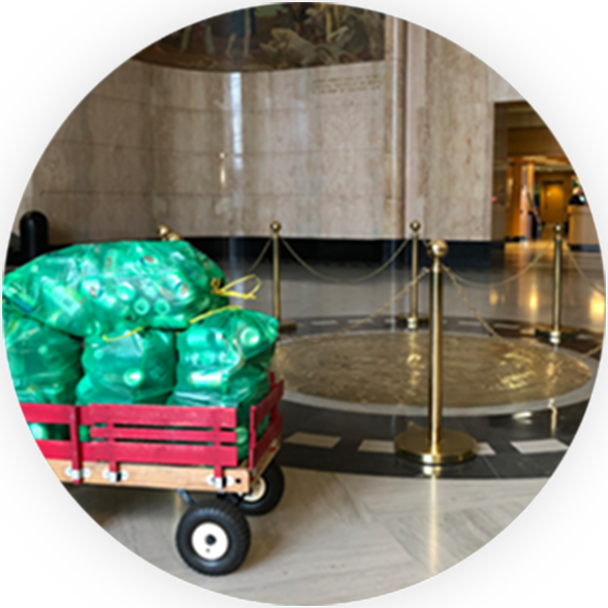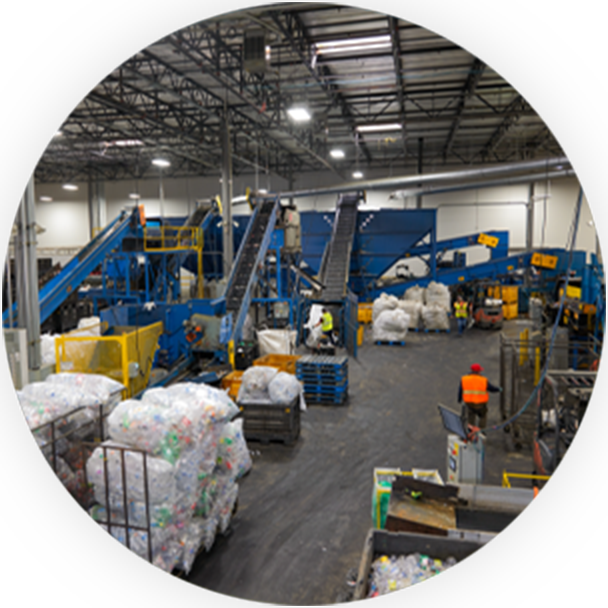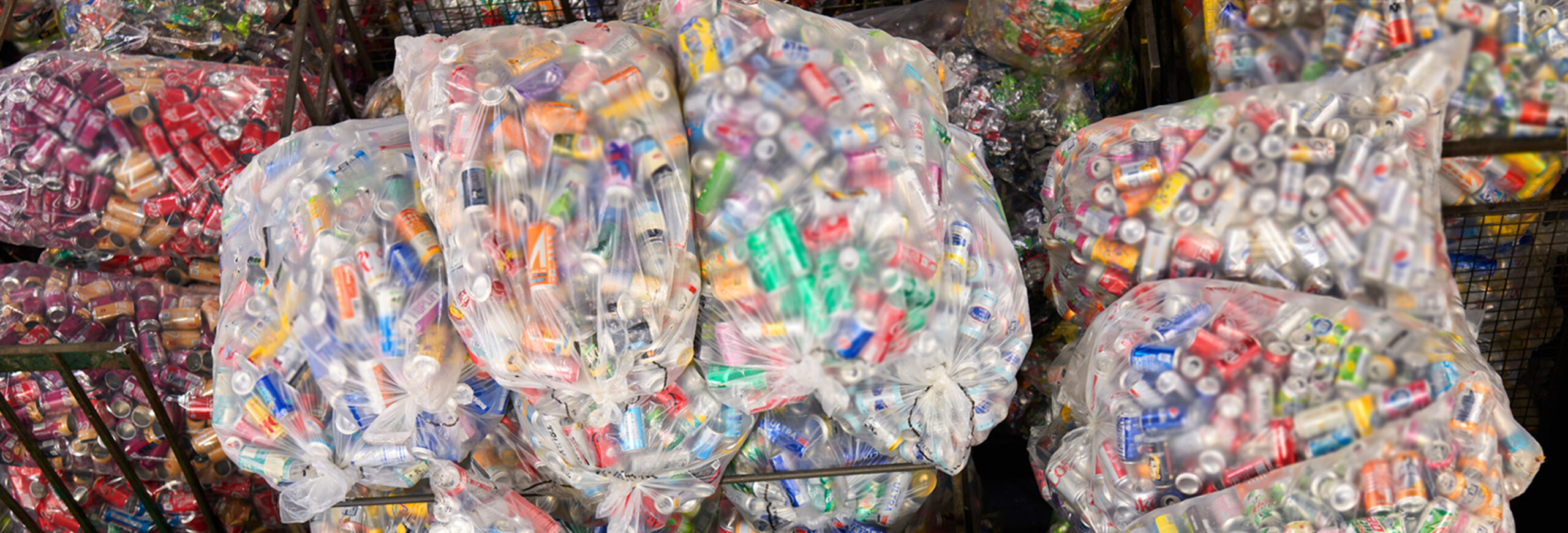
The true power of a dime
Since 1971, Oregon’s Bottle Bill has demonstrated that the beverage industry, public policy and consumers could work together to achieve outstanding results. Bottle Bills decrease litter, dramatically increase recycling rates, ensure the best possible quality of recyclable materials and are popular with consumers. Oregon had the highest redemption rate in 2022 for all Bottle Bill states.
Showing the Way
Oregon’s pioneering Bottle Bill broke new ground in protecting the environment from litter while fostering impressive recycling rates. Today, that foundation has grown into a modern program that includes (and recycles) more containers than nearly any other system in the United States – and is easier than ever for consumers.

The best beverage container recycling programs get two things right: a high number of beverage containers that are successfully recycled out of the overall total that are sold, and the quality of the recycled material those beverage containers create. The first is called the redemption rate – the percent of containers returned for a refund – and it’s the most important number to evaluate a program’s success. The second is the grade of the recycled material, and it determines whether beverage containers can be made into new beverage containers again, or whether they have to be turned into inferior products.
Bottle Bills like Oregon’s routinely outperform other recycling pathways. According to the Container Recycling Institute (CRI), the average nationwide recycling rate for beverage containers is around 35%. By contrast, Oregon’s beverage container redemption rate is regularly in the 80-90% range. When nine out of 10 beverage containers sold are returned for a refund, it shows the power of a system where public policy, consumer incentives and the beverage industry work together to achieve shared sustainability goals.
In addition to attaining much higher recycling rates than systems like comingled curbside recycling, Bottle Bills also protect the quality of materials throughout the recovery process. Comingled curbside recycling mixes food-grade packaging with other materials, making the system more prone to contamination. As a result, the materials that are recovered may suffer a decrease in quality.
Under Oregon’s Bottle Bill, by contrast, beverage containers are separated with just other beverage containers throughout the redemption process. That means they remain Grade-A materials, often being recycled into bottles and cans again. That makes Bottle Bill systems increasingly important for beverage producers, as they work towards recycled content goals and policies for their containers.
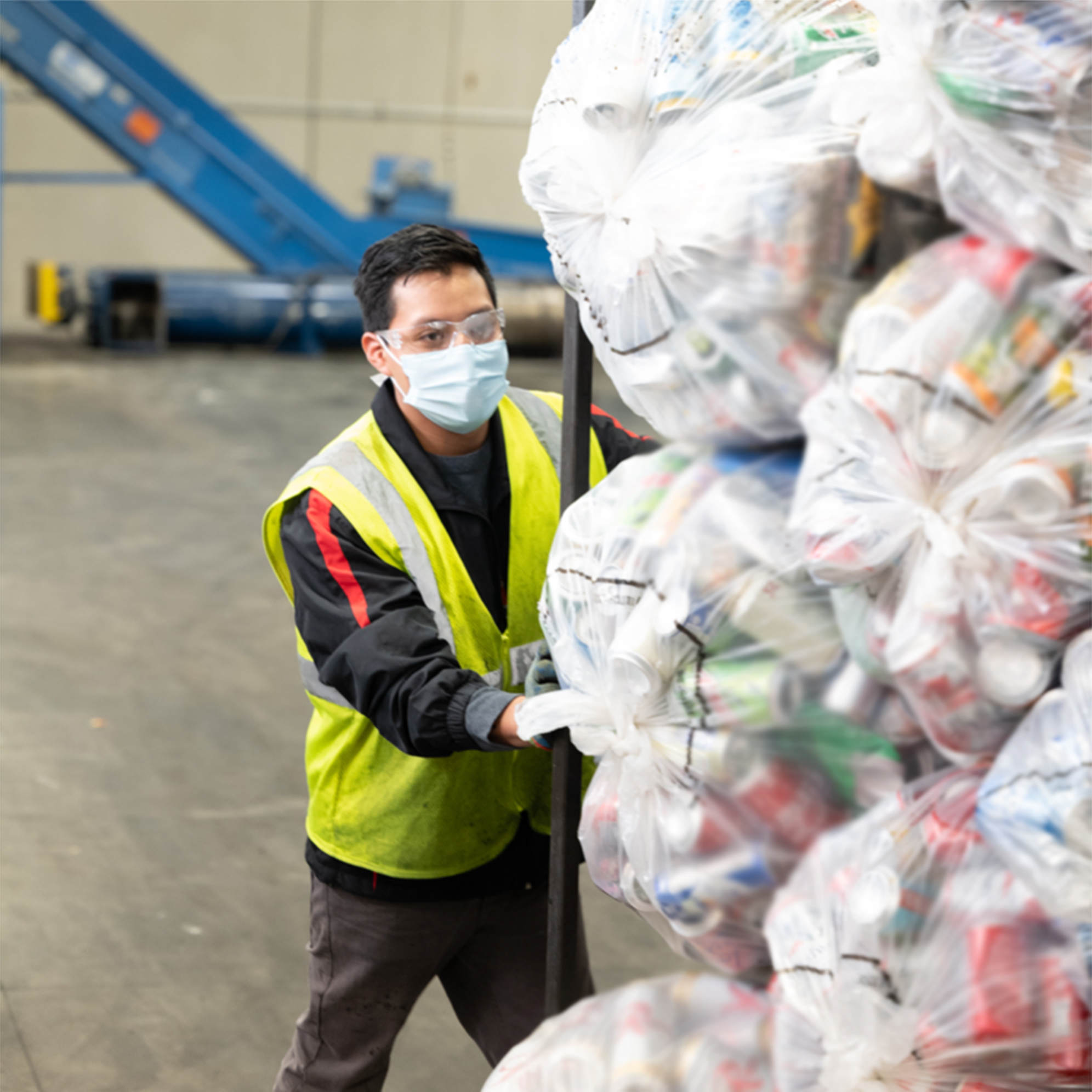
Notably, Bottle Bills also help ensure that nearly 100% of the material recovered through the system is actually recycled. Between 8% and 25% of the material returned through curbside recycling, on the other hand, is either not recyclable, contaminated, or is missed during the sortation processes, meaning that a lot of the material in those systems ultimately ends up in landfills.
While there are growing concerns about recyclable material being shipped overseas for uncertain recycling outcomes, in Oregon, containers recycled through the Bottle Bill stay as local as possible. All the containers returned through OBRC are processed in the United States, and all glass and plastic containers are processed right here in Oregon.
When it comes to reducing waste and increasing recycling rates, there’s no single solution. Curbside recycling can be an important and convenient recycling pathway for a range of consumer goods and packaging types. When paired with a highly functional Bottle Bill like Oregon’s, these systems can work together to make a big difference in decreasing litter, sending far less material to landfills and achieving the highest recycling rates and material quality possible.
The Benefits of Oregon’s System
Recover More Material
80-90% material redemption/recycling rate, compared to the national average of 35%.
Oregon had a redemption rate of 85.5% in 2022, which was the highest in the nation.
Domestic Recycling
Beverage containers are processed for recycling in the United States (much of it right here in Oregon), not shipped overseas.
Capturing it All
Nearly 100% of materials recovered through the Bottle Bill are successfully recycled – a much higher percentage than materials that are returned through other recycling pathways.
Grade-A Recycling Quality
Containers returned through Oregon’s Bottle Bill retain their quality, often being recycled back into bottles and cans again.
Popular with Consumers
A 2023 poll conducted by DHM research showed that 86% of Oregonians are familiar with Oregon’s system; 94% of those familiar with the system continue to say it’s “good for Oregon.”
Extended Producer Responsibility
In Oregon, producers and consumers work together to recover packaging. The system is provided by the beverage industry, meaning that taxpayers and participating consumers pay virtually nothing.
Protecting Special Places
With a financial “bounty” placed on every can and bottle, states with Bottle Bills experience a significant reduction in litter, keeping containers out of the natural environment. CRI reports that Bottle Bill states enjoy a 30-65% reduction in litter.
Teaching the Next Generation
With wide visibility and nearly ubiquitous consumer participation, Bottle Bills help provide a clear and visible example for schools and families teaching children about the importance of recycling.
Green Careers
Oregon’s Bottle Bill provides a range of great careers in the recycling industry. OBRC provides over 500 green jobs in communities across Oregon.
Results
- Recycling Done Right
- How Bottle Bills Compare
- Recycling Done Here
